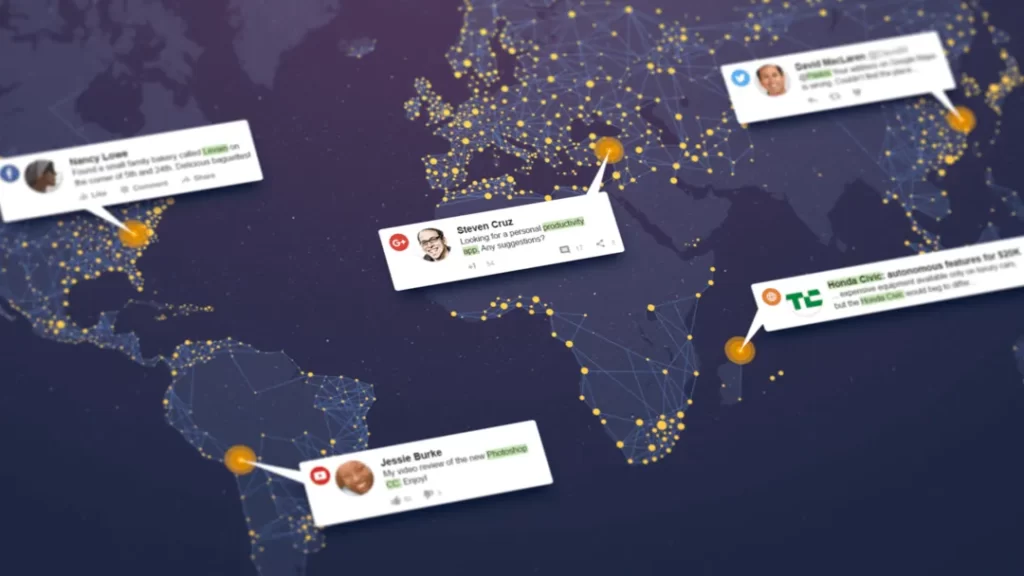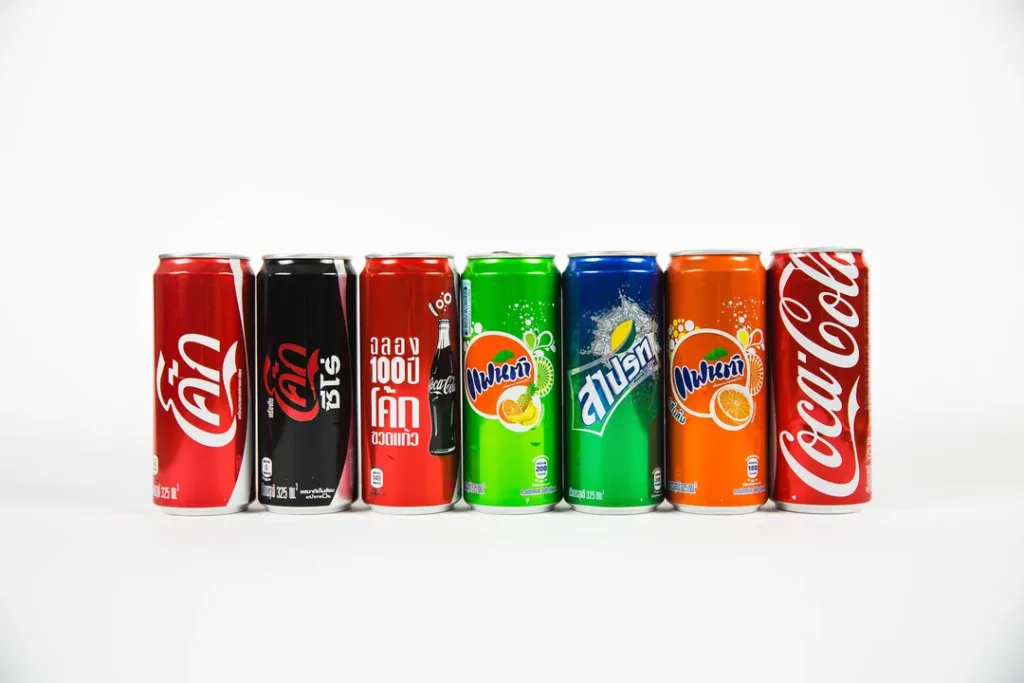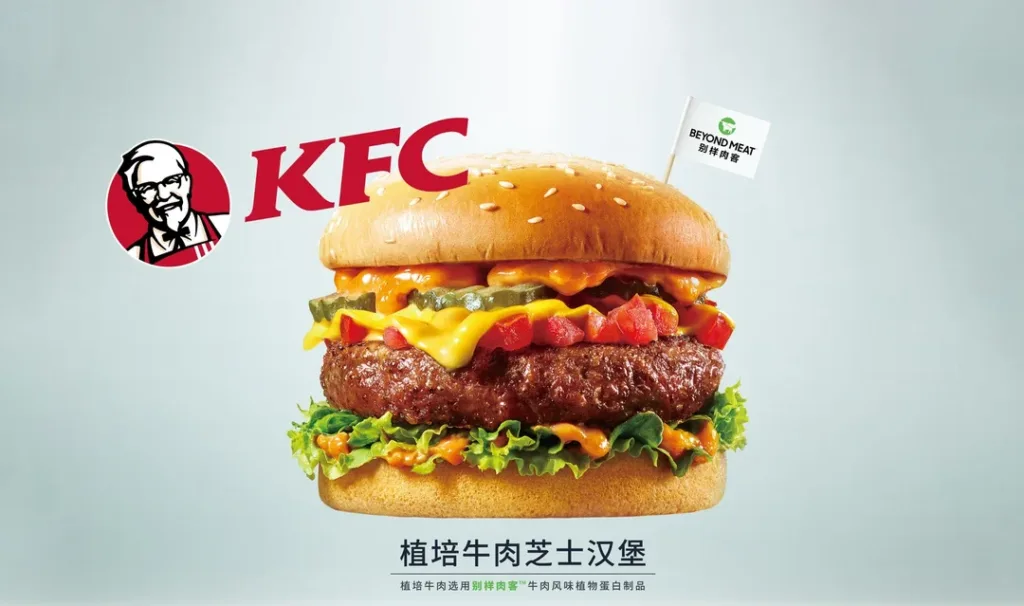Translating Marketing Messages: Speak Your Customers' Language
Let's start with the basics. When we talk about translation in marketing, we're not just referring to changing words from one language to another. Sure, that's part of it, but effective marketing translation goes beyond simply swapping out English for Spanish or Chinese.
Translation in marketing means crafting your messaging to resonate with your target audience. It's about understanding their culture, values, pain points, and aspirations. Then, shape your brand voice and content to speak directly to them in a language they'll understand and connect with.
Table of Contents
Why Is Translation So Important?

Think about your own experiences as a consumer. You probably gravitate towards brands that just “get” you. The ones that know what you want before you do. The ones that speak in a tone and use natural language to your ears.
That's the power of excellent translation in marketing. It creates affinity, trust, and connection with your audience. Miss the mark, and your marketing efforts will fall flat.
It's a Global Economy
We live in an increasingly global, interconnected world. Even small local businesses these days serve customers from diverse backgrounds. You must get the translation right to expand your reach across borders and cultures.
It's About Cultural Relevance
Let's say you run an outdoor brand that's expanding into Japan. Your usual tagline about “Conquering the great outdoors” might not resonate as much with Japanese consumers with a more harmonious view of their relationship with nature.
You'd need to adjust not just the words but the entire vibe of your messaging to create a culturally relevant translation.
Challenges in Translating Marketing Content
Several barriers can make translating marketing messages tricky. Here are some of the biggest ones:
Words Don't Have Perfect 1:1 Translations
Some words and phrases simply don't have precise equivalents across languages. “Innovation” can be challenging to translate elegantly into other tongues.
Concepts and Idioms May Not Translate
Specific ideas, humour, analogies, and figures of speech are so rooted in one culture that they make zero sense in another. Trying to translate them directly leads to brand messages that appear bizarre or confusing.
It Goes Beyond Just Words
Translating a few words or sentences isn't enough – you must also consider the broader context and meaning. Tone, style, imagery, and cultural references must be localised.
What Works in One Place May Flop in Another
The marketing messages and creativity that resonate in Germany might completely bomb Brazil. There's no one-size-fits-all approach.
The Translation Process
Now that we've explored the challenges and strategies let's take a closer look at the translation process itself:
Step 1: Preparation
Before diving into translation, it's essential to establish clear objectives and guidelines. Define your target audience, understand their cultural context, and provide translators with reference materials, style guides, and necessary background information. This preparation lays the foundation for a successful translation.
Step 2: Translation
The translation process involves converting the source content into the target language, focusing on accuracy and fluency, and conveying the intended meaning. Skilled translators use a combination of linguistic expertise, cultural awareness, and creative writing skills to produce a compelling translation.
Step 3: Review and Revision
Once the initial translation is complete, reviewing and revising the content is crucial. This step involves proofreading for linguistic errors, ensuring consistency with brand guidelines, and soliciting feedback from local experts or target audience representatives. Revisions may be necessary to fine-tune the messaging and ensure it resonates with the intended audience.
Step 4: Quality Assurance
Before finalising the translated content, conducting a thorough quality assurance check is essential. This may include additional proofreading, linguistic validation, and testing with sample audiences to gauge comprehension and engagement. The goal is to identify and address any remaining issues before the content is released to the broader market.
Translation Best Practices for Marketers

So, how do you overcome these challenges? Follow these best practices:
Prioritise Understanding the Target Audience
The key to successful translation is understanding your target customers' culture, motivations, and worldview. You must go beyond demographic info and dig into their hearts and minds. Only then can you craft truly resonant messaging.
Become a Student of the Culture
- Read news, books, websites, and social media in your target language
- Watch TV shows, movies, and YouTube content from that culture
- Listen to music and podcasts popular in that market
- Talk to people who live there (or lived there for a long time)
- Travel there if possible
The goal is to immerse yourself as much as possible to develop an intuitive sense of the culture, not just surface knowledge.
Interview Your Actual Target Customers
Better yet, talk directly to people from your ideal target market. Ask them about:
- Their daily lives and interests
- Their challenges and pain points
- How they make purchase decisions in your product category
- Their perceptions of your brand vs competitors
- The language and tone that resonates (or turns them off)
These real-world insights are marketing gold. Use them to inform all your translation and localisation efforts.
Think Transcreation, Not Translation
The literal translation is a dead end. Instead, embrace the concept of “transcreation” – recreating your brand messaging from scratch to capture the spirit and intent, not just the words.
Transcreation requires:
- Understanding core themes, not just individual words
- Conveying emotional resonance, humour, and analogies in a locally relevant way
- Creating new taglines, slogans, ads, and content, not just translating the English
- Maintaining brand voice and personality while adapting everything else
The goal is brand messaging that feels completely native and organic, not like a translation.
Consider Visual Design Elements, Too
In addition to language, you'll likely need to localise:
- Imagery (culturally appropriate photos, illustrations, icons)
- Colours (meanings and associations differ around the world)
- Layout (text directionality, ideal spacing and formatting conventions)
- Mechanics (date/time formats, units, etc.)
Ensure your design, UX, and creative teams think holistically about localisation.
Work with Local, Native Speakers
Don't rely on literal translators or AI tools alone. To pull off effective transcreation, work closely with local marketing and creative experts who are native speakers. Ideally, they live and breathe the culture you're trying to reach.
In-House vs Agency:
When building out translation capabilities, you have two main options:
- In-house team: Hire native speakers from your target markets who can help drive localisation and creative efforts
- Translation/localisation agency: Partner with an agency that has native, in-country teams to help with transcreation on an ongoing basis
Each has pros and cons, but either is better than relying on automated tools or non-native speakers alone.
Choosing the Right Translation Partner
The success of your translation efforts largely depends on the expertise and capabilities of your translation partner. When selecting a translation service, consider the following factors:
Language Expertise
Ensure that your translation partner employs native speakers or language experts with a deep understanding of the source and target languages. This linguistic proficiency is essential for capturing the nuances and idiomatic expressions that can make or break a marketing message.
Subject Matter Expertise
Marketing content often involves industry-specific terminology and concepts. Choose a translation partner with experience in your sector or subject matter, as this familiarity can help ensure accurate and meaningful translations.
Cultural Awareness
Look for a translation partner that goes beyond linguistic proficiency and demonstrates a thorough understanding of the cultural contexts in which your content will be consumed. This awareness is crucial for creating messages that resonate with your target audience.
Localisation Capabilities
If you plan to adapt your marketing materials for specific regions or markets, seek a translation partner that offers localisation services. This expertise will ensure that your messaging is tailored to each target audience's unique preferences and customs.
Quality Assurance Processes
Inquire about your translation partner's quality assurance processes, including proofreading, linguistic validation, and testing with target audiences. A robust quality assurance process is essential for delivering accurate, engaging, and culturally appropriate marketing messages.
Measuring Translation Success

How do you know if your marketing translation efforts are paying off? Here are some key metrics to track:
Brand Sentiment
Use social listening and online reputation monitoring to understand how your brand is perceived across different markets. Positive or negative sentiments and common themes can indicate whether messaging is resonating.
Local SEO Performance
Track keyword rankings, traffic, and engagement metrics in local search engines and directories. Lackluster performance could signal poor translation and optimisation.
A/B Testing
Run A/B or multivariate tests to compare the performance of different messaging, creative, and translation approaches in each market.
Customer Feedback
Talk to customers and analyse reviews, support emails, and social comments for qualitative feedback. Do you hear consistent positive or negative themes about your messaging, tone, etc?
Local Sales and Engagement Metrics
Look for differences in critical KPIs like sales, conversion rates, bounce rates, time on site, and other engagement metrics across markets. Underperforming regions may be a red flag.
Examples of Excellent Marketing Translation

To wrap up, let's look at a couple of brands who've nailed marketing translation:
Old Spice in Arabic
When Procter & Gamble brought their classic Old Spice brand to the Middle East, they had to throw away the cheesy machismo tone and language from their English marketing. Instead, they tapped into humour, manliness, and cultural themes relevant to Arabic men.
KFC in China
KFC has been massively successful in China by reinventing its buckets and menus to appeal to local tastes and preferences. Their marketing plays up different themes than the U.S., focusing more on family, healthy indulgence, and premium quality.
Conclusion
Crafting truly resonant marketing messages in different languages and cultures can be challenging. But the rewards of getting it right and connecting authentically with new audiences are immense.
By prioritising deep cultural understanding, embracing transcreation over translation, and working with local expertise, you can transform your brand's marketing from confusing gibberish into messaging that genuinely speaks to people's hearts and minds across borders.
Translating Marketing Messages FAQs
What's the difference between translation and transcreation in marketing?
Translation simply converts words and text from one language to another. Transcreation goes beyond words to recreate messaging concepts, tone, emotion, and overall brand personality in a locally relevant and resonant way.
How can we ensure our marketing messages aren't “lost in translation”?
Focus on truly understanding your target audience's culture, motivations, challenges, humour, values, and communication styles. Then, hire native speakers and local experts to help rewrite and recreate your messages from scratch instead of just translating them.
What's an example of a marketing translation failure?
The classic 1960s Chevrolet Nova campaign flopped in Spanish-speaking countries because “no va” means “doesn't go” in Spanish. An automatic association no automaker wants!
How much should we invest in marketing translation capabilities?
It depends on your goals and growth plans. But generally, spend 10-20% of your total marketing budget on localisation and transcreation to expand into multiple new markets.
What marketing messages and elements require translation/localisation?
Pretty much everything: Taglines, brand names, website copy, product names, advertisements, emails, social media, help documentation, video/audio, imagery, colours, layout conventions, units of measure – you name it. It all has to be adapted culturally.
